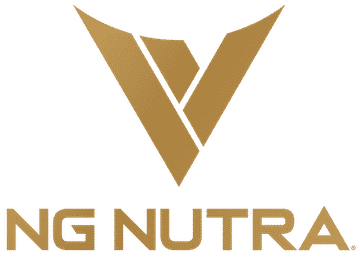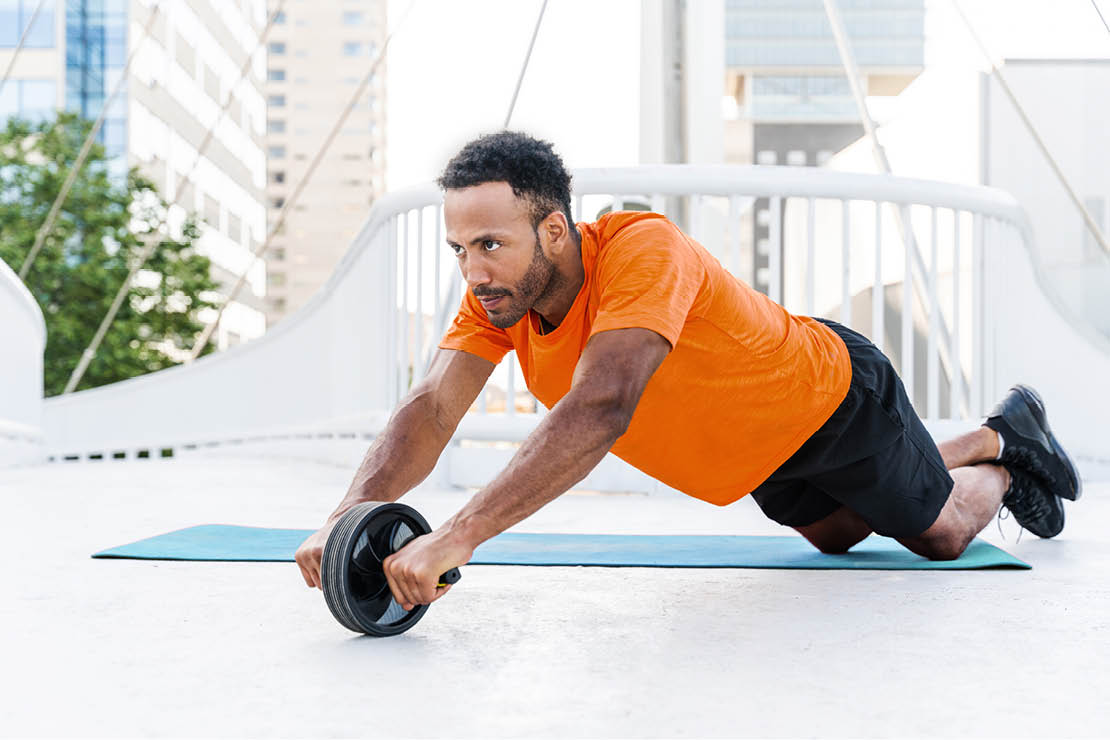I am sure you have seen it just as I have, an amazing high school athlete who had ripped abs, played every sport, exercised excessively, etc…only to find out after graduating, college a few kids later, that he/she has totally let their body go. Why is that?
Obviously, everyone has various reasons why they stopped taking care of themselves physically. Some reasons are definitely valid, however, a majority of the reason why they have stopped caring about their health is the person gets a tad lazy in a few areas. Those few areas begin to sink in more and more.
Then WAM!…5 years later, he/she is WAY out of shape.
I have been in the same boat. Not too that much of an extreme, however, I have had busy seasons of my life where I put my physical health to the side. The unfortunate part though, is that starts to affect me mentally as well. I don’t have as much energy, I don’t feel as confident, and for the most part, I am just uncomfortable.
If I look back at why/how I fell out of my routines, it seems to always come back to this one area. If I concentrate just on lifting weights…I get bored after a few months. So then I do the knee-jerk reaction and start doing a ton of cardio…then yup! I get bored of that as well. See, as I concentrate so much on 1 type of workout routine, I end up forgetting about other areas.
For example, when I am concentrating so much on lifting weights, yes, my muscle fullness feels great, but then I am not as flexible nor can I do as much high-intensity cardio with the same amount of energy. When I am not as flexible, then it hurts to do this or that. Same goes for when I am just doing cardio…then when I go to move a piece of furniture, I am not near as strong.
Hopefully you get where I am going with that. For me…being so locked into 1 type of exercise leads me to get burned out a bit.
What I have come to find out, crafting a balanced workout routine is essential for achieving my overall fitness & life goals. This also helps me to maintain overall health and prevent injury.
So whether someone is a fitness enthusiast or just starting their journey, a well-rounded approach to exercise can make all the difference. I came up with a bit of guide below to help create a more balanced workout routine that not only caters to certain objectives but also keeps me engaged and motivated.
Understanding the Essentials of a Balanced Workout
A balanced workout routine includes a mix of cardiovascular training, strength training, flexibility exercises, and balance training. Each component plays a crucial role in maintaining a holistic approach to your physical well-being.
– Cardiovascular Training: This type of exercise is vital for improving heart health and endurance. It includes activities like walking, running, cycling, or swimming. Cardio exercises help in weight loss, increasing stamina, and improving metabolic health.
– Strength Training: Incorporating strength or resistance training into a routine is essential for building muscle mass, improving bone density, and boosting metabolism. This can be achieved through weightlifting, bodyweight exercises, or using resistance bands.
– Flexibility Exercises: Flexibility is often overlooked but is crucial for a well-rounded fitness routine. Stretching or yoga can improve range of motion, reduce the risk of injuries, and aid in muscle recovery. This becomes more and more critical the older we get.
– Balance Training: Exercises that enhance your balance help to prevent falls, especially as you age, and support core strength. Pilates and stability ball exercises are great examples.
Tailoring The Routine to Personal Fitness Goals
I make sure my workout plan aligns with my personal fitness goals. Whether I am working to lose weight, build muscle, increase endurance, or improve flexibility, the composition of my workout routine will vary accordingly.
– For Weight Loss: I focus on a mix of cardiovascular exercises and strength training to maximize calorie burn. And so I don’t go crazy doing all or nothing.
– For Muscle Building: Prioritize strength training, with an emphasis on progressively increasing the weight and intensity of your workouts.
– For Endurance: Incorporate longer sessions of cardiovascular exercises, gradually increasing the duration and intensity.
– For Flexibility and Balance: Integrate more yoga, Pilates, and balance-focused activities into the routine.
The Importance of Variety
To avoid boredom and plateauing, it’s essential to keep workout routines varied. Mixing different types of exercises not only keeps things interesting but also ensures that I am working on different muscle groups and aspects of fitness.
Planning Your Workout Schedule
Creating a weekly schedule helps to allocate time for each type of exercise, ensuring a balanced approach. It’s important to include rest days to allow the body to recover. A sample week might look like this:
– Monday: Cardiovascular training
– Tuesday: Strength training (upper body)
– Wednesday: Flexibility and balance exercises
– Thursday: Rest or light yoga
– Friday: Strength training (lower body)
– Saturday: Cardiovascular training or sports activity
– Sunday: Rest
Listening to Your Body
Paying attention to the body’s signals is crucial. Rest days are important, and flexibility in the routine is key to accommodating how I feel on any given day. If I am experiencing fatigue or soreness, I allow myself more time to recover and helps me to not burn out and possibly avoid injuries.
Warm-Up and Cool-Down
I never skip warming up before and cooling down after my workouts. Warm-up exercises prepare my body for physical activity and reduce the risk of injury. Cooling down helps to gradually lower my heart rate and can aid in the recovery process.
Nutrition and Hydration
A balanced diet and proper hydration are pillars of any fitness routine. Consuming nutrient-rich foods supports muscle recovery and energy levels while staying hydrated helps optimize performance and recovery.
If you notice you are constantly feeling dehydrated. Make sure to drink lots of water and look into our HydroIV.

Setting Realistic Expectations
My whole fitness has been a journey with ups and downs. Setting realistic, achievable goals and being patient with myself are key to long-term success. I aim to celebrate my progress and stay motivated by keeping my end goals in sight.
Seeking Professional Advice
Even though I went to school for Exercise and Sport Science and have been exercising for 30 + years, I still hire a personal trainer 1 or 2 times a year. There is always new research coming out for overall physical health and I enjoy learning from others who may know more than I do. I have learned quite a bit of very useful information to help my core strength.
This is especially important for people just starting to exercise. Let someone help put a solid plan together, show the correct form, etc. That way, results can typically be seen faster.
Leveraging Technology
There are numerous apps and tools available to help track your workouts, set reminders, and monitor your progress, help with eating, etc. Utilizing technology helps to keep me accountable and motivated on my fitness journey.
I conclude with this:
Creating a balanced workout routine is about more than just physical activity; it’s about fostering a lifestyle that promotes overall well-being. By incorporating a variety of exercises tailored to my goals, listening to my body, and staying consistent, I can achieve sustainable health and fitness. Remember, the key to a successful workout routine is balance, variety, and consistency.
Please let me know if I can help in any way.
Joel




